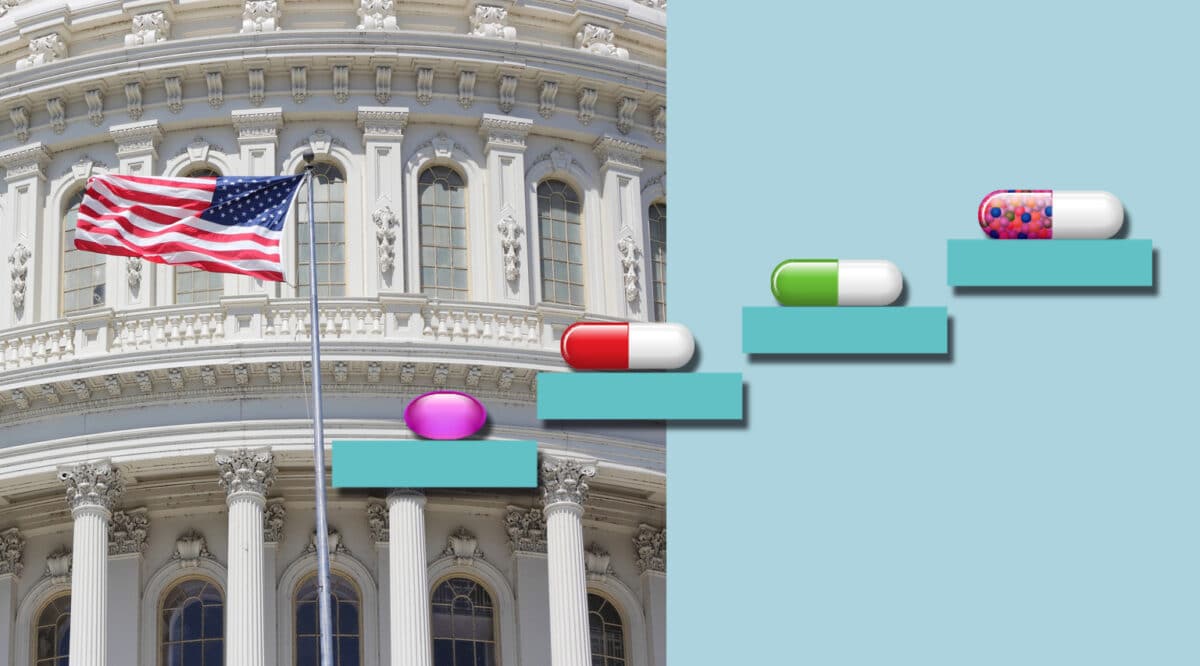We’ve written recently on legislation grinding its way through Congress targeting the PBM industry and its various business practices that industry stakeholders say are unfair and must be remedied. The article below adds yet another practice to the list we’ve already shared…..Step Therapy.
Step therapy has been around for many decades in one form or another. In its earliest iteration it was simply – ‘Let’s try this first to see if it works…. and then we can try these ten other drugs to see what happens!’ Things have advanced significantly since then. What we have now is ‘Let’s try this less costly, legend therapy before we try the newest, uber-expensive therapy.’
While there is an argument for efficiency in managing overall healthcare spend, step therapy can be problematic for many patients who expend time that they may not have experimenting with a therapy that may only manage symptoms vs. a new therapy option that may be disease modifying.
It appears that language restricting step therapy has been included in the Pharmacy Benefit Reform Act slowly making tis way through the US Senate. The bill has been bouncing around the Senate since 2017 even with bipartisan support. Given the momentum that other bills are gaining in Congress it is hoped that the step therapy bill will be incorporated in a final version.
It is noteworthy that thirty states have already enacted step therapy legislation similar to the provisions in the Safe Step Act. In those instances, the state laws apply only to health plans subject to those states’ laws but do not impact ERISA qualified health plans.
CLICK HERE to read the full article to learn about provisions in the bill that specify timing requirements for step therapy appeals as well as five exceptions where a patient may qualify for an exemption from step therapy.
———————————————————————————–
Step Therapy
Jun 19, 2023 — Legislation designed to smooth the path to exemptions from step therapy has been incorporated into the Pharmacy Benefit Reform Act, one of several bills targeting pharmacy benefit managers that is making legislative headway in the Senate. Legislation that aims to make it easier for patients to get exemptions from the step therapy requirements has been folded into one of the several U.S. Senate bills targeting pharmacy benefit managers (PBMs), and patient and provider organizations are optimistic about PBM legislation — in one form or another — becoming law.
“PBM reform is going to pass in this Congress — (although) I wouldn’t say by the end of this year — and it will include step therapy reform,” Erin McKeon, associate director, federal advocacy, for the Crohn’s & Colitis Foundation.
The current Congress, the 118th, is scheduled to adjourn at the…………
CLICK ABOVE to access the full article











